Details of the Target
General Information of Target
Target Site Mutations in Different Cell Lines
| Cell line | Mutation details | Probe for labeling this protein in this cell | |||
|---|---|---|---|---|---|
| COLO792 | SNV: p.E82Ter | DBIA Probe Info | |||
| COLO800 | SNV: p.K229N | . | |||
| HEC1 | SNV: p.M334V | . | |||
| HEC1B | SNV: p.M334V | . | |||
| HUH28 | SNV: p.E98K | . | |||
| JHH7 | SNV: p.Q56K | . | |||
| KASUMI2 | SNV: p.E98K | . | |||
| LS180 | SNV: p.A185V | . | |||
| NCIH1155 | SNV: p.A257V | . | |||
| RKO | SNV: p.K331M | DBIA Probe Info | |||
Probe(s) Labeling This Target
ABPP Probe
| Probe name | Structure | Binding Site(Ratio) | Interaction ID | Ref | |
|---|---|---|---|---|---|
|
m-APA Probe Info |
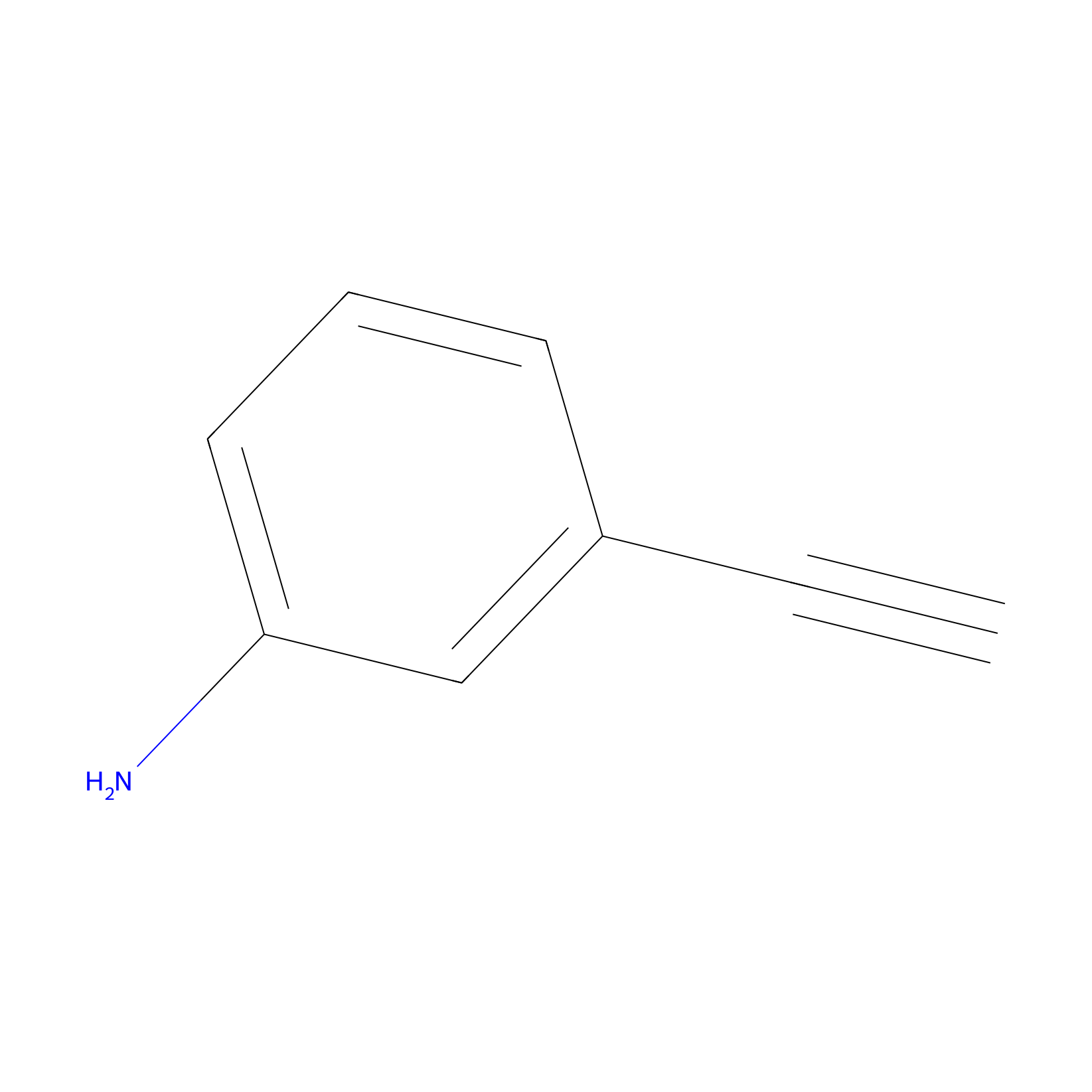 |
15.00 | LDD0402 | [1] | |
|
STPyne Probe Info |
 |
K62(10.00) | LDD0277 | [2] | |
|
Probe 1 Probe Info |
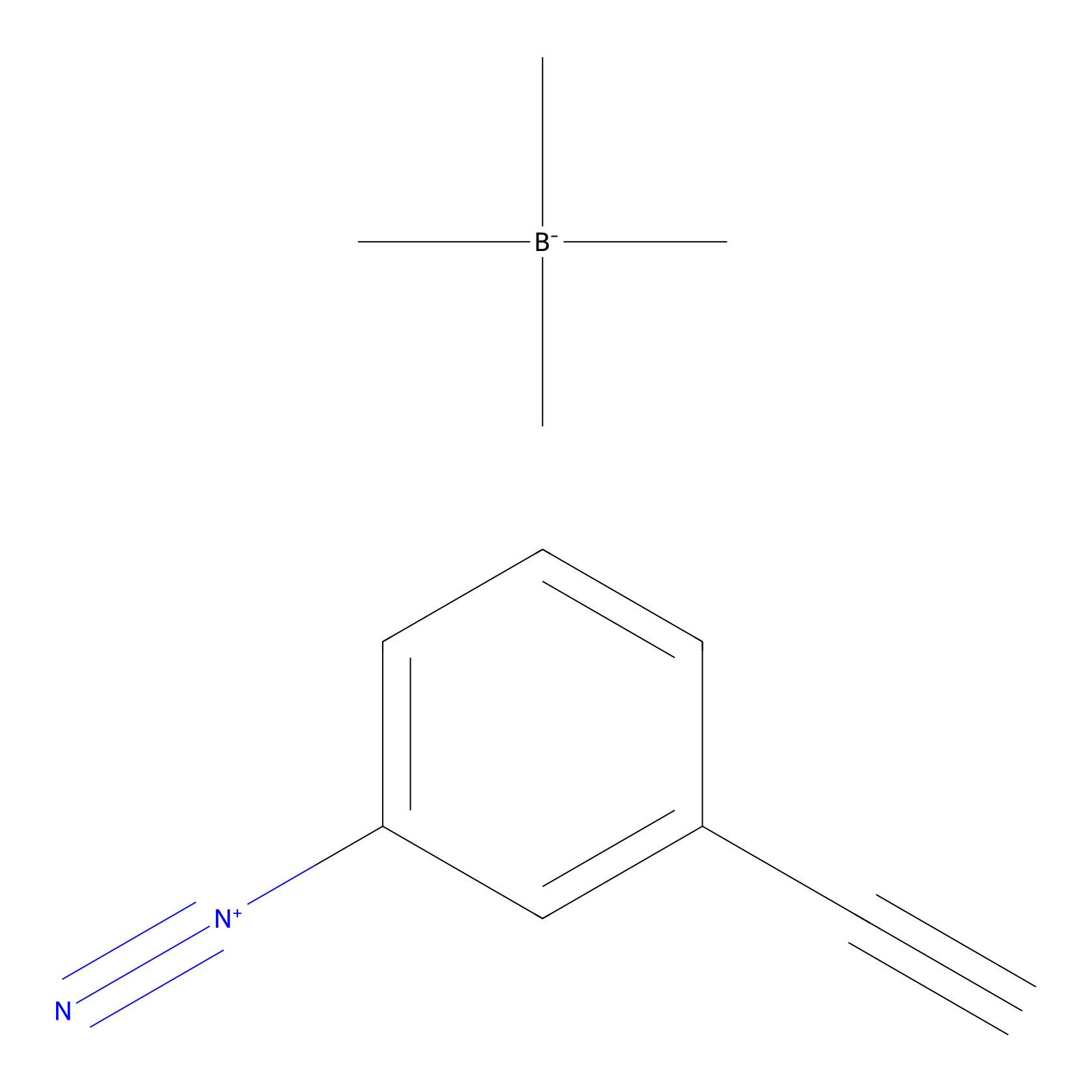 |
Y59(136.90); Y79(63.04); Y276(22.78) | LDD3495 | [3] | |
|
DBIA Probe Info |
 |
C153(2.41) | LDD3319 | [4] | |
|
BTD Probe Info |
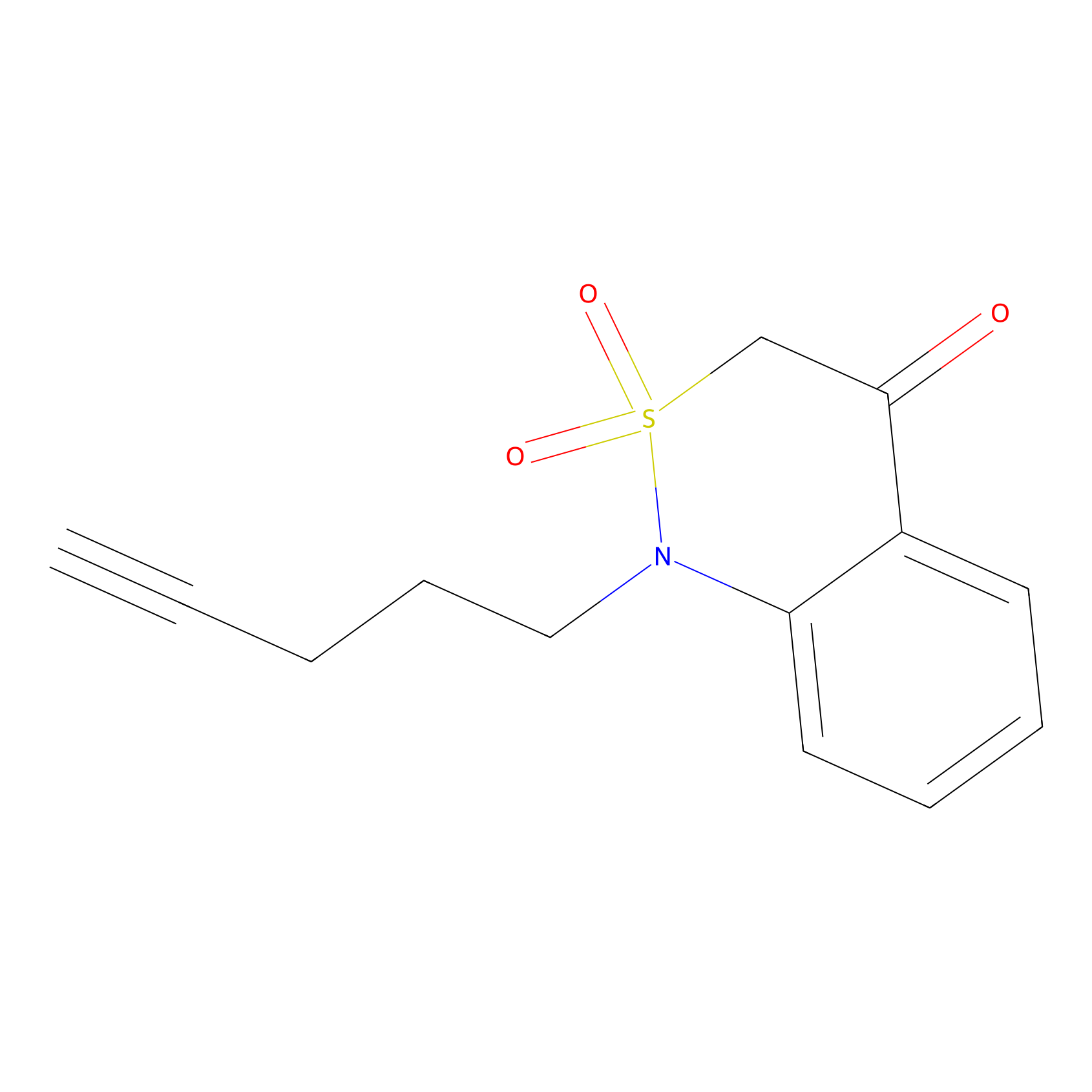 |
C249(0.79) | LDD2093 | [5] | |
|
IPM Probe Info |
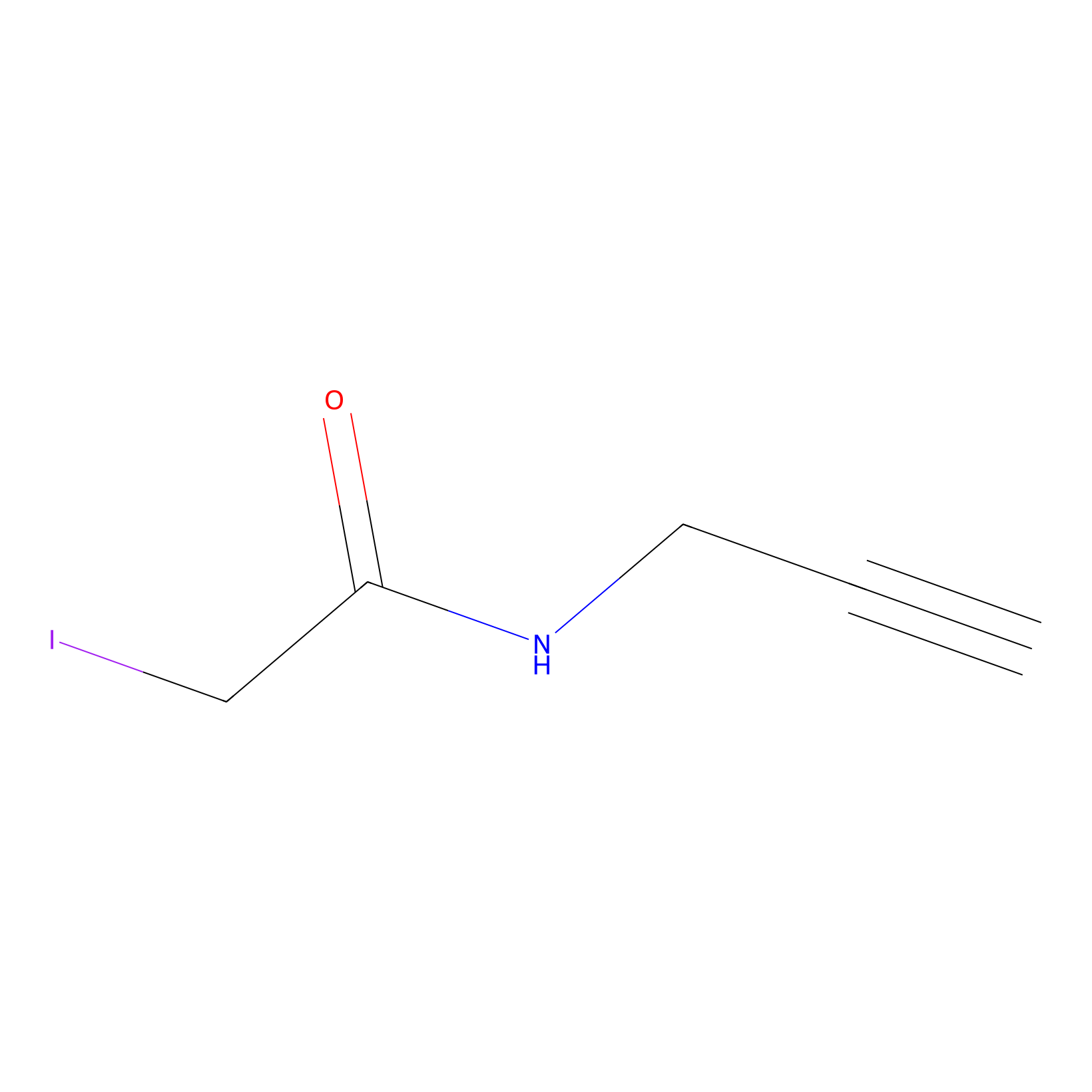 |
C249(1.05) | LDD1701 | [5] | |
|
Acrolein Probe Info |
 |
N.A. | LDD0222 | [6] | |
|
ATP probe Probe Info |
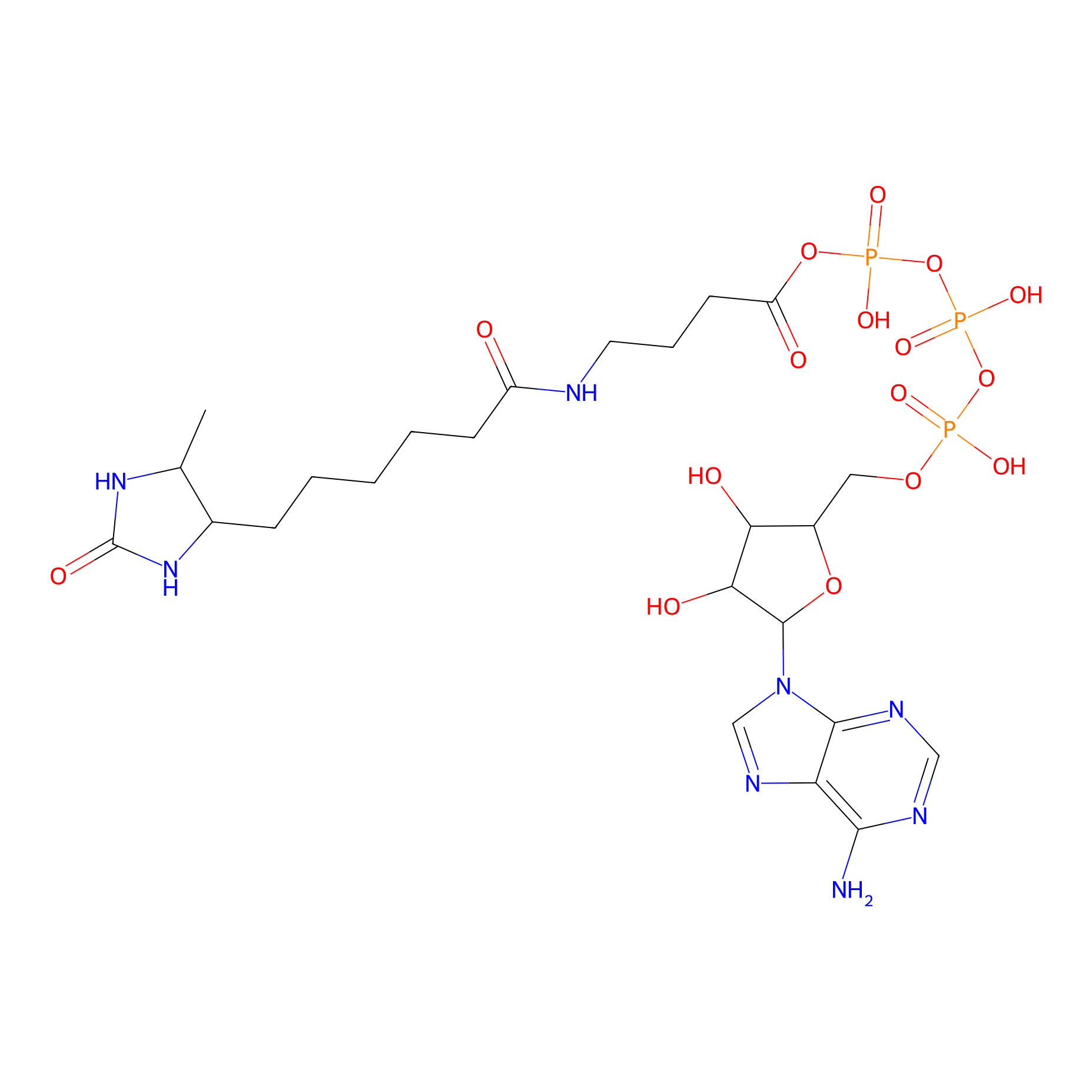 |
K138(0.00); K225(0.00); K229(0.00) | LDD0199 | [7] | |
|
4-Iodoacetamidophenylacetylene Probe Info |
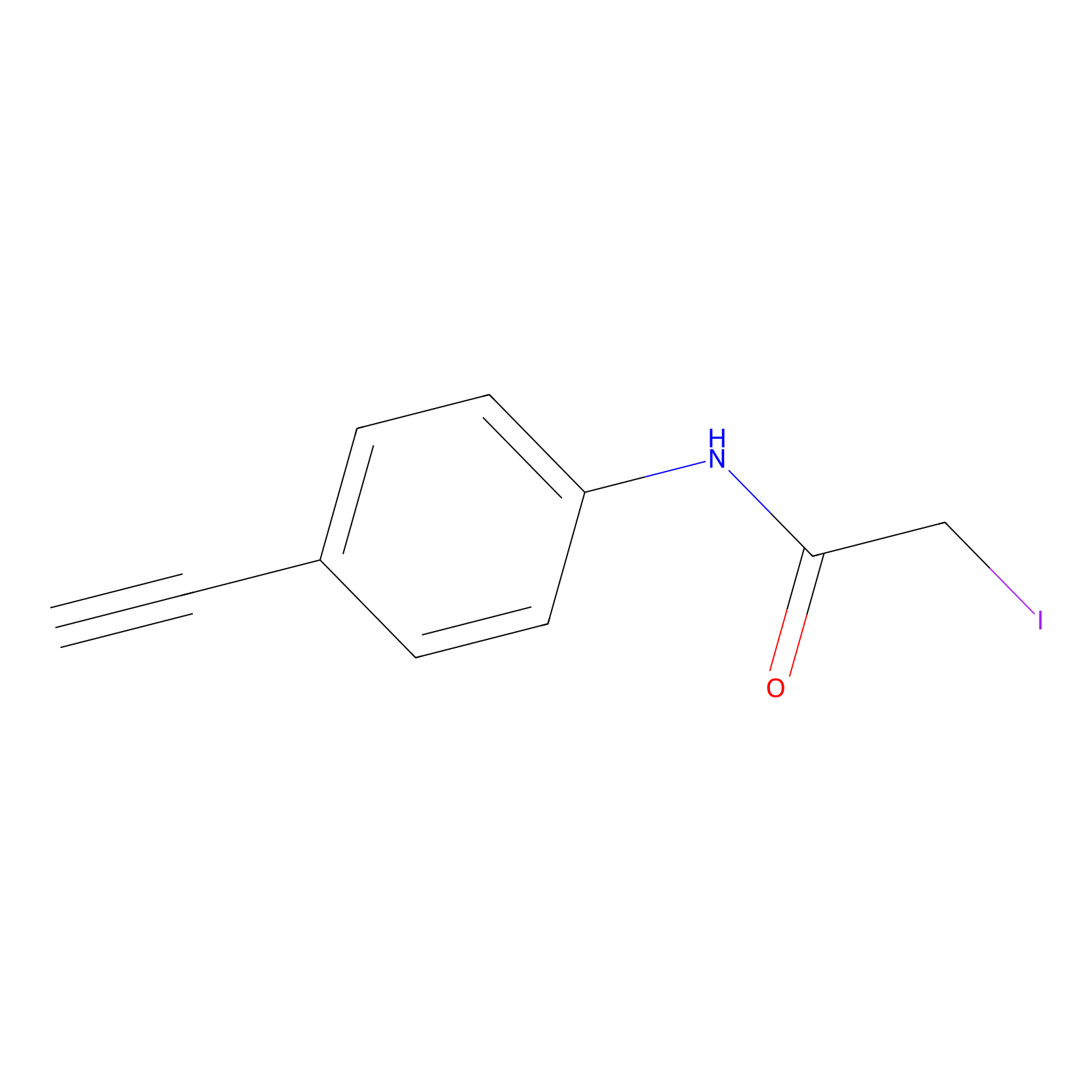 |
C249(0.00); C263(0.00) | LDD0038 | [8] | |
|
IA-alkyne Probe Info |
 |
N.A. | LDD0036 | [8] | |
|
Lodoacetamide azide Probe Info |
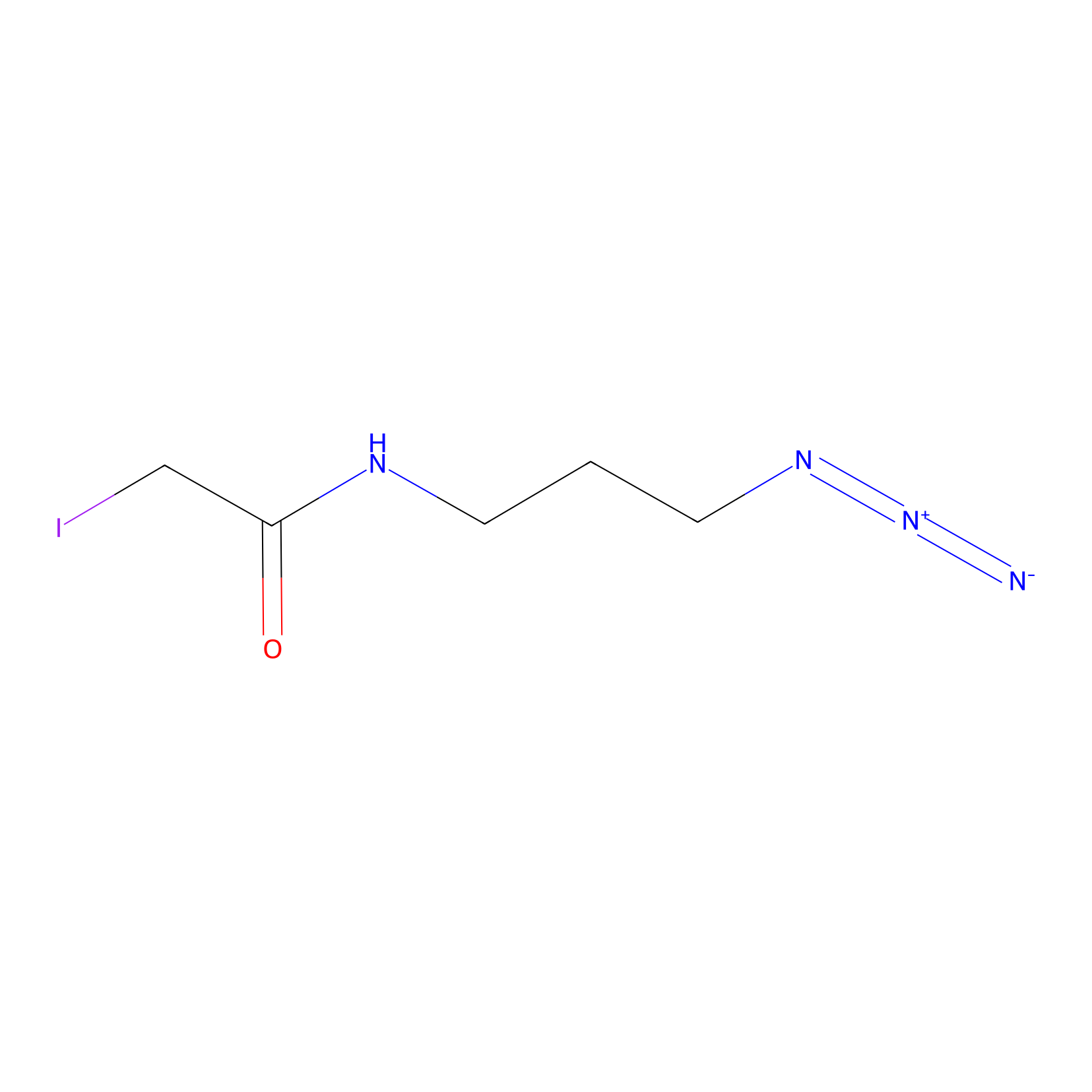 |
C263(0.00); C249(0.00) | LDD0037 | [8] | |
|
Methacrolein Probe Info |
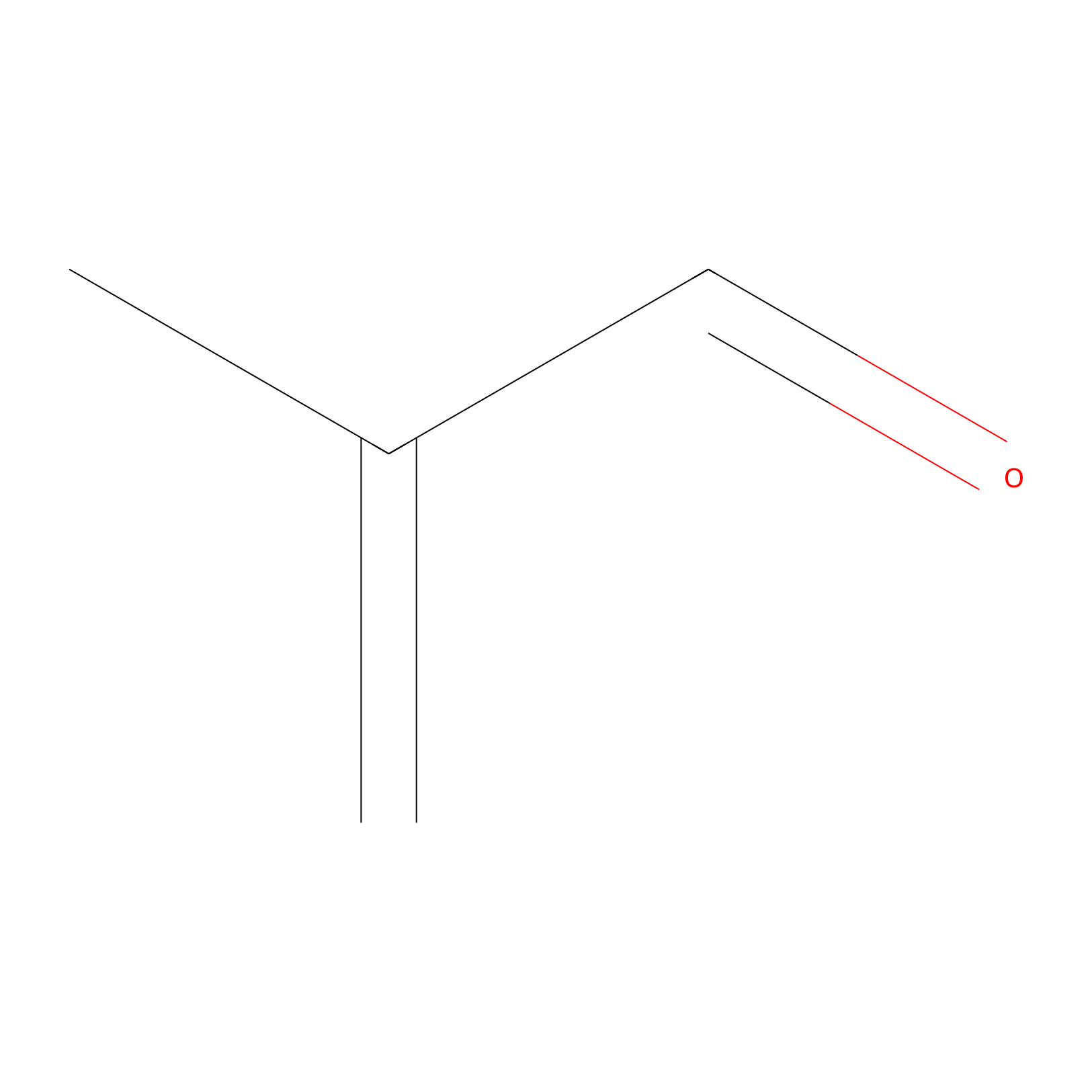 |
N.A. | LDD0218 | [6] | |
|
AOyne Probe Info |
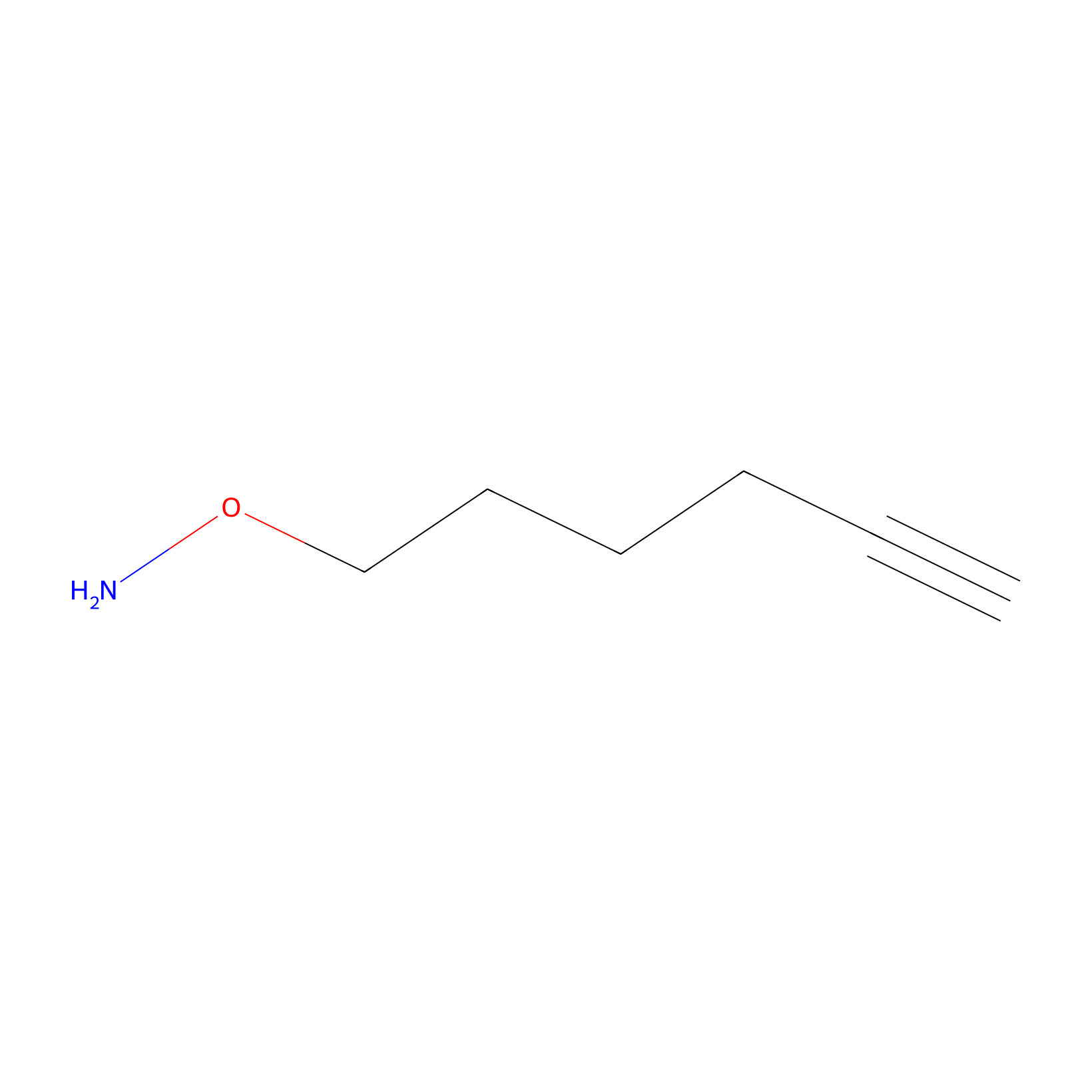 |
9.50 | LDD0443 | [9] | |
|
NAIA_5 Probe Info |
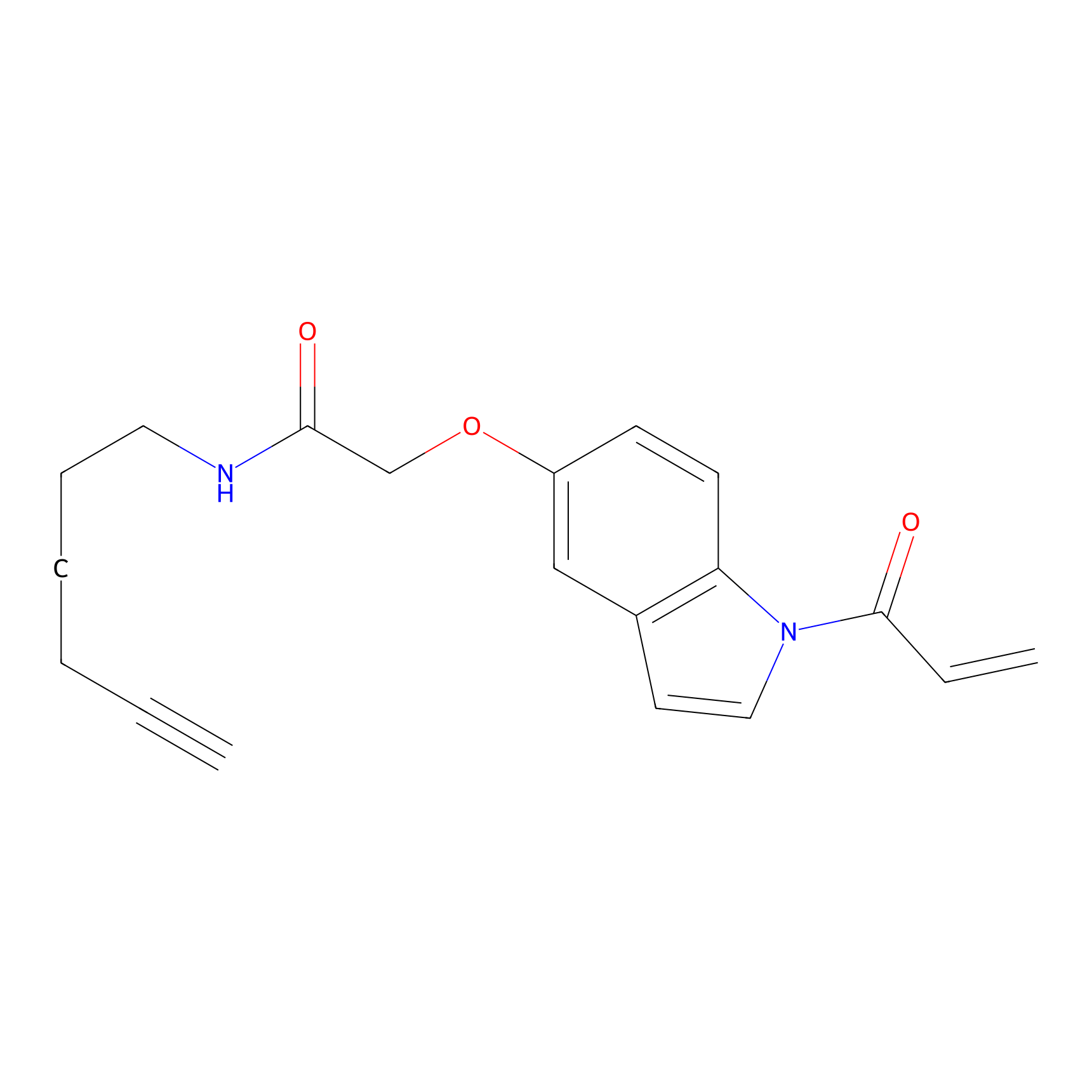 |
C104(0.00); C263(0.00); C150(0.00); C249(0.00) | LDD2223 | [10] | |
PAL-AfBPP Probe
| Probe name | Structure | Binding Site(Ratio) | Interaction ID | Ref | |
|---|---|---|---|---|---|
|
C163 Probe Info |
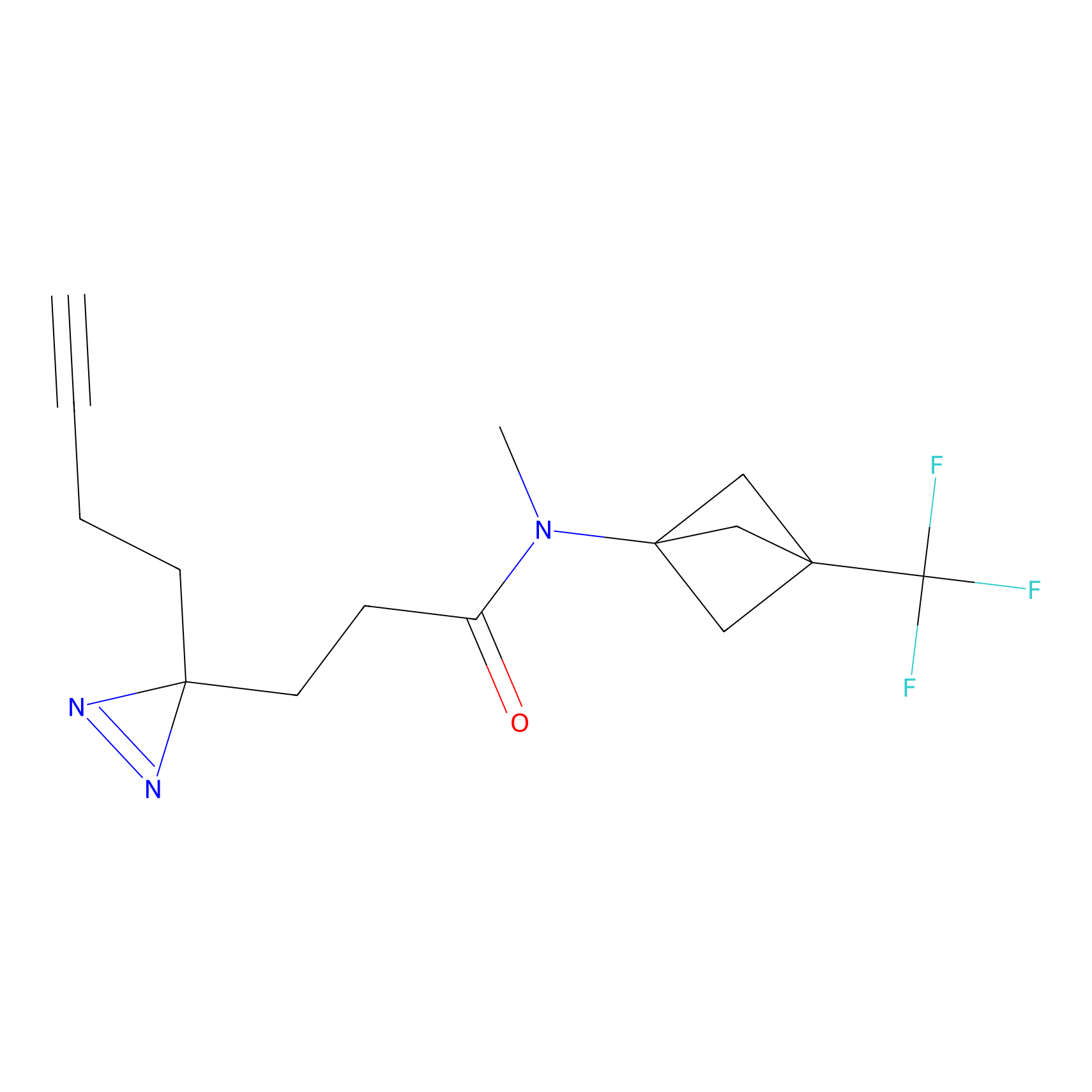 |
6.23 | LDD1843 | [11] | |
|
C277 Probe Info |
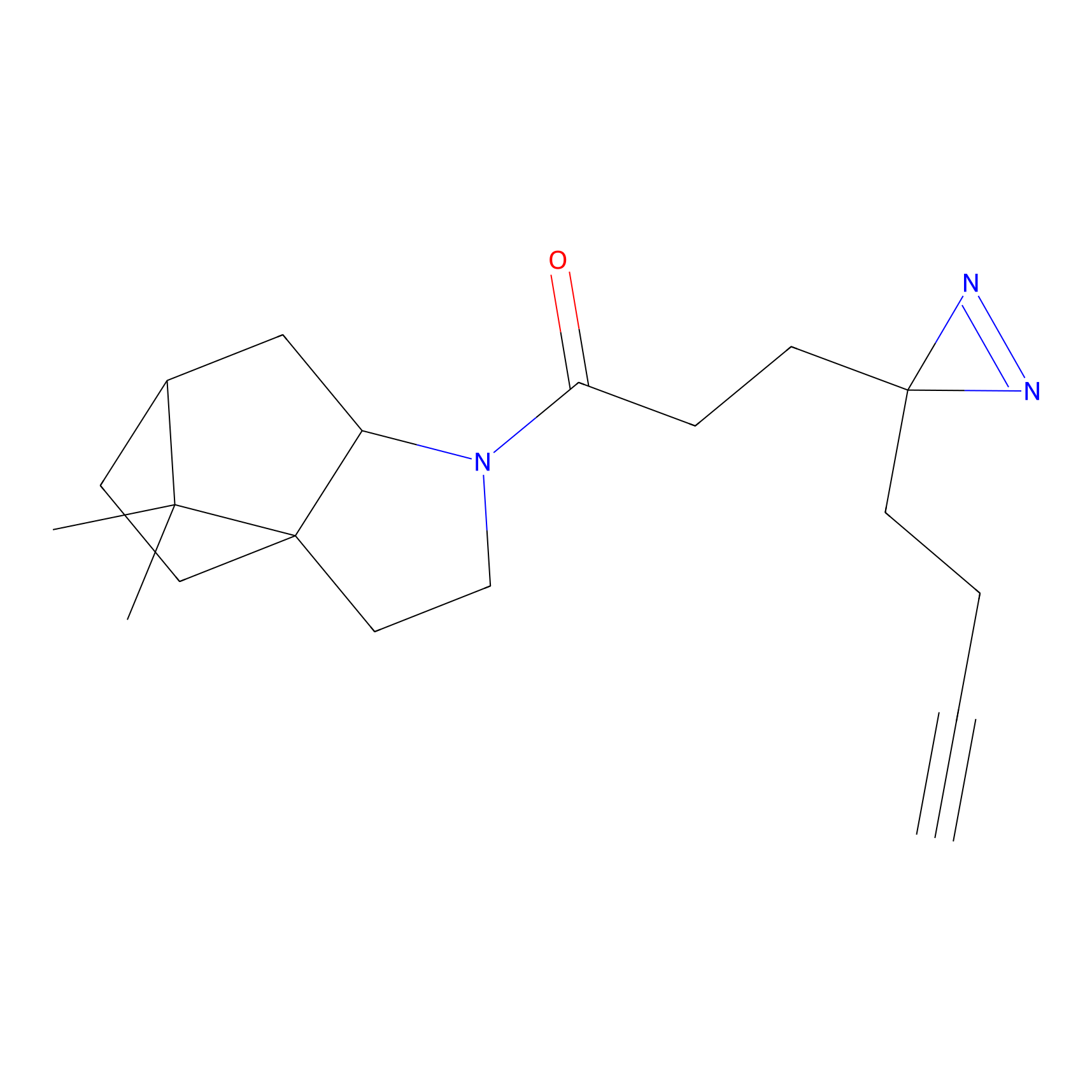 |
8.51 | LDD1947 | [11] | |
|
C363 Probe Info |
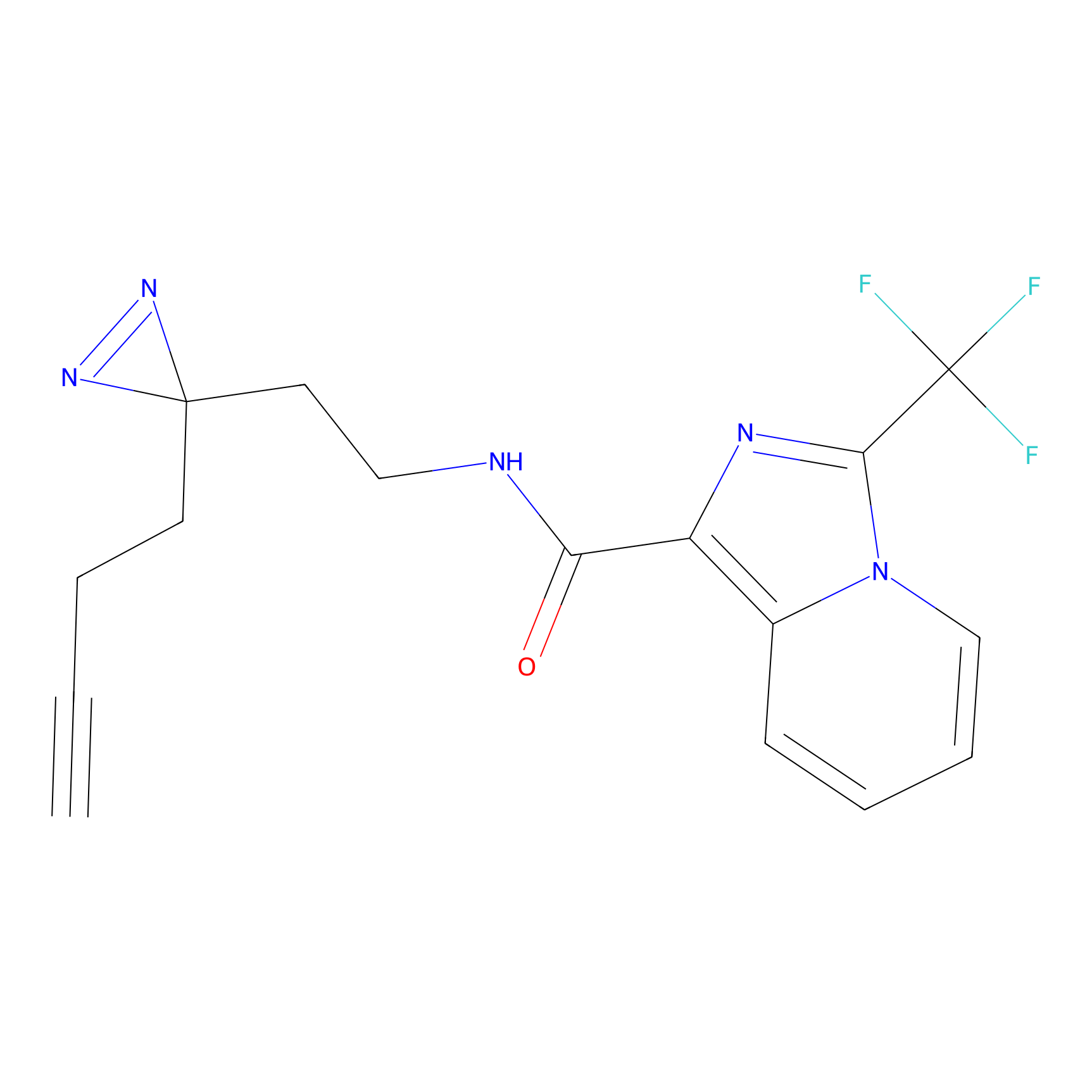 |
17.27 | LDD2024 | [11] | |
|
FFF probe13 Probe Info |
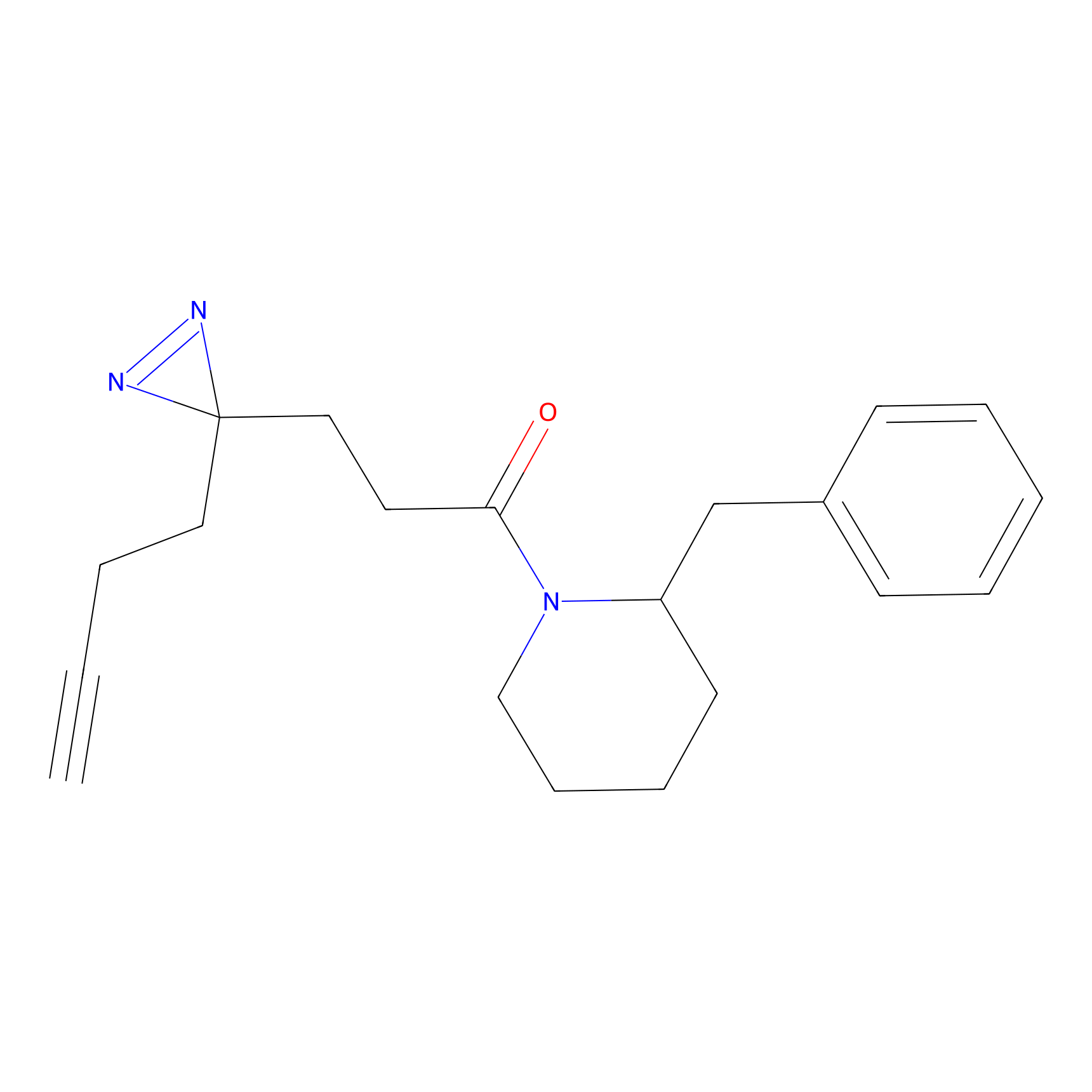 |
20.00 | LDD0475 | [12] | |
|
FFF probe14 Probe Info |
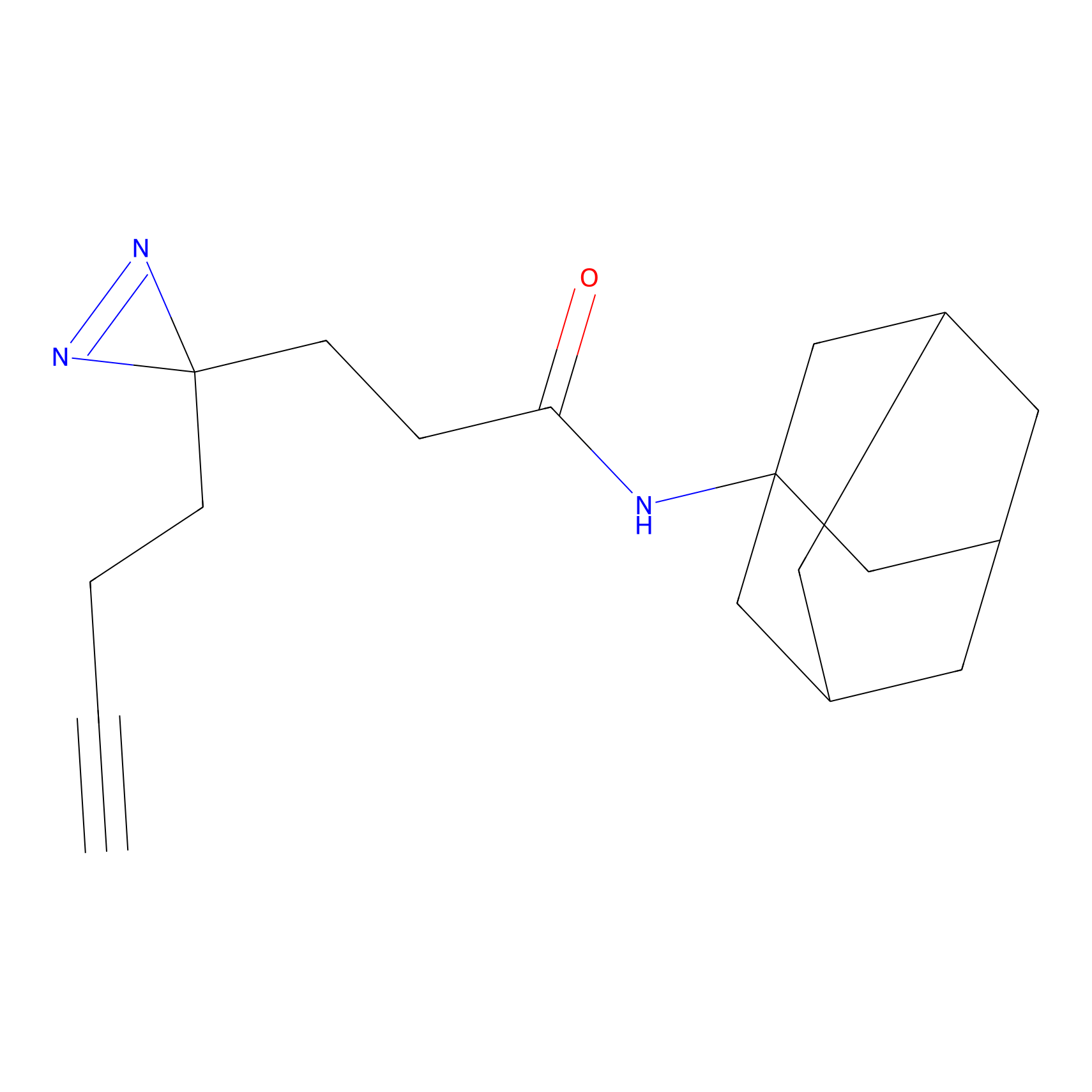 |
14.41 | LDD0477 | [12] | |
|
FFF probe2 Probe Info |
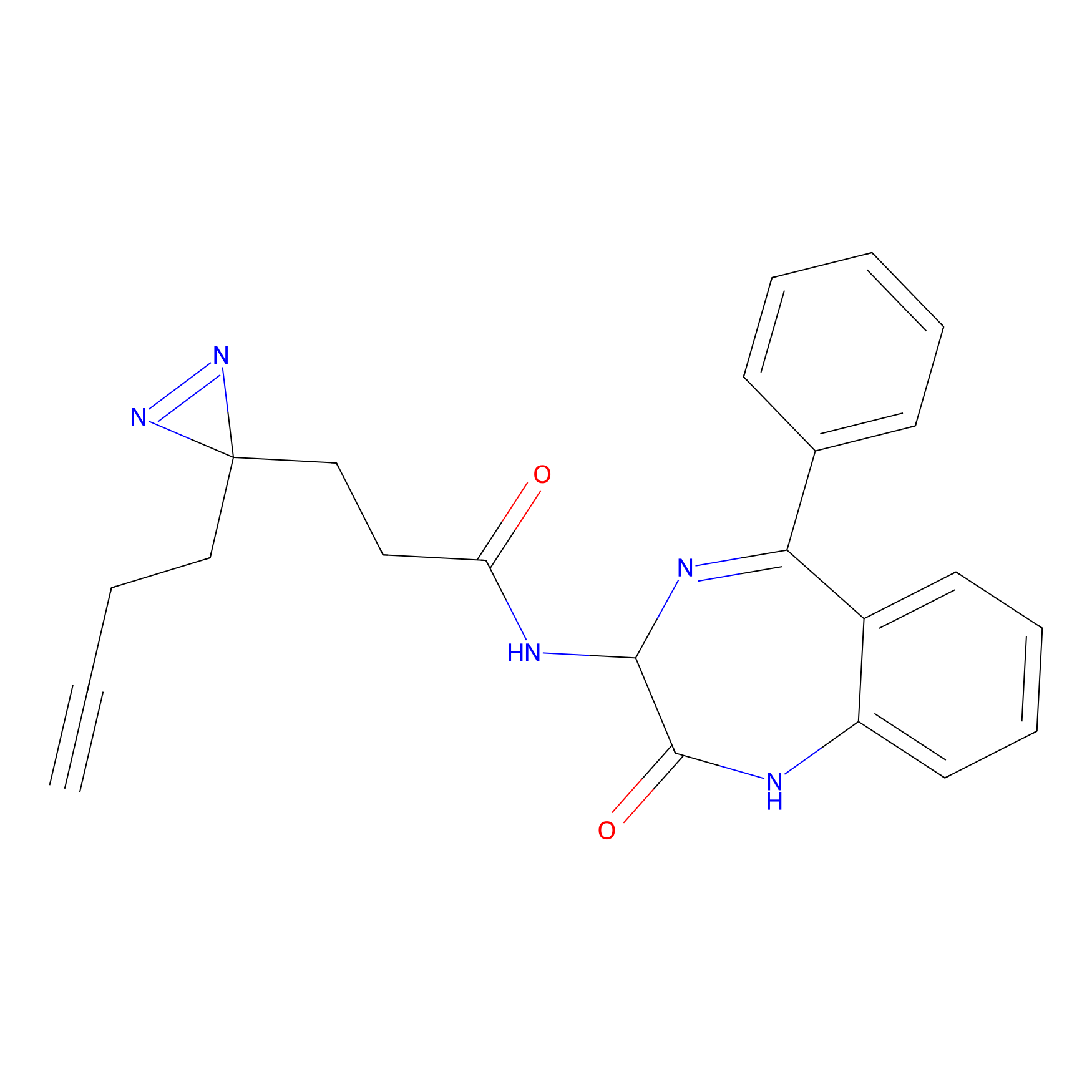 |
6.13 | LDD0463 | [12] | |
|
JN0003 Probe Info |
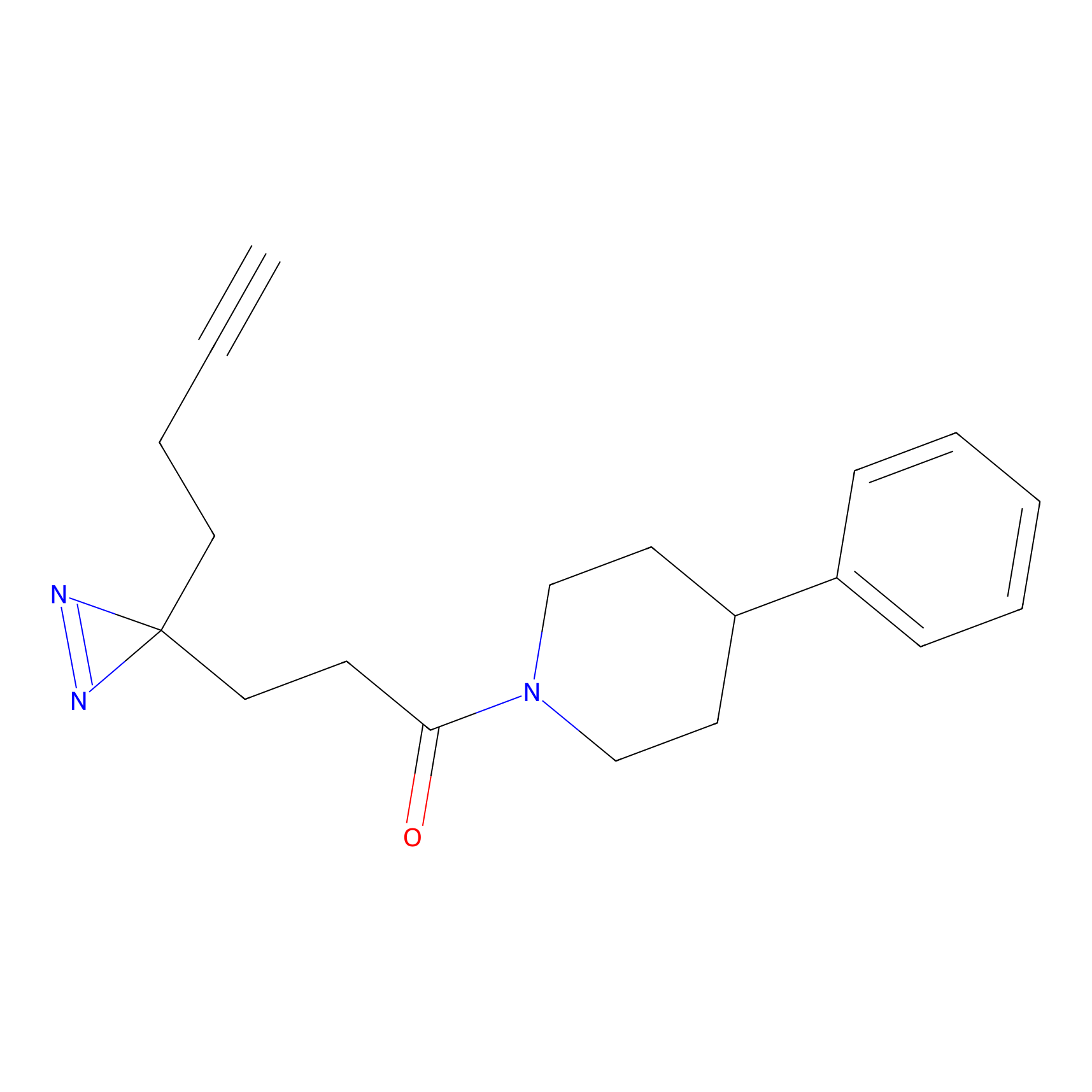 |
20.00 | LDD0469 | [12] | |
|
VE-P Probe Info |
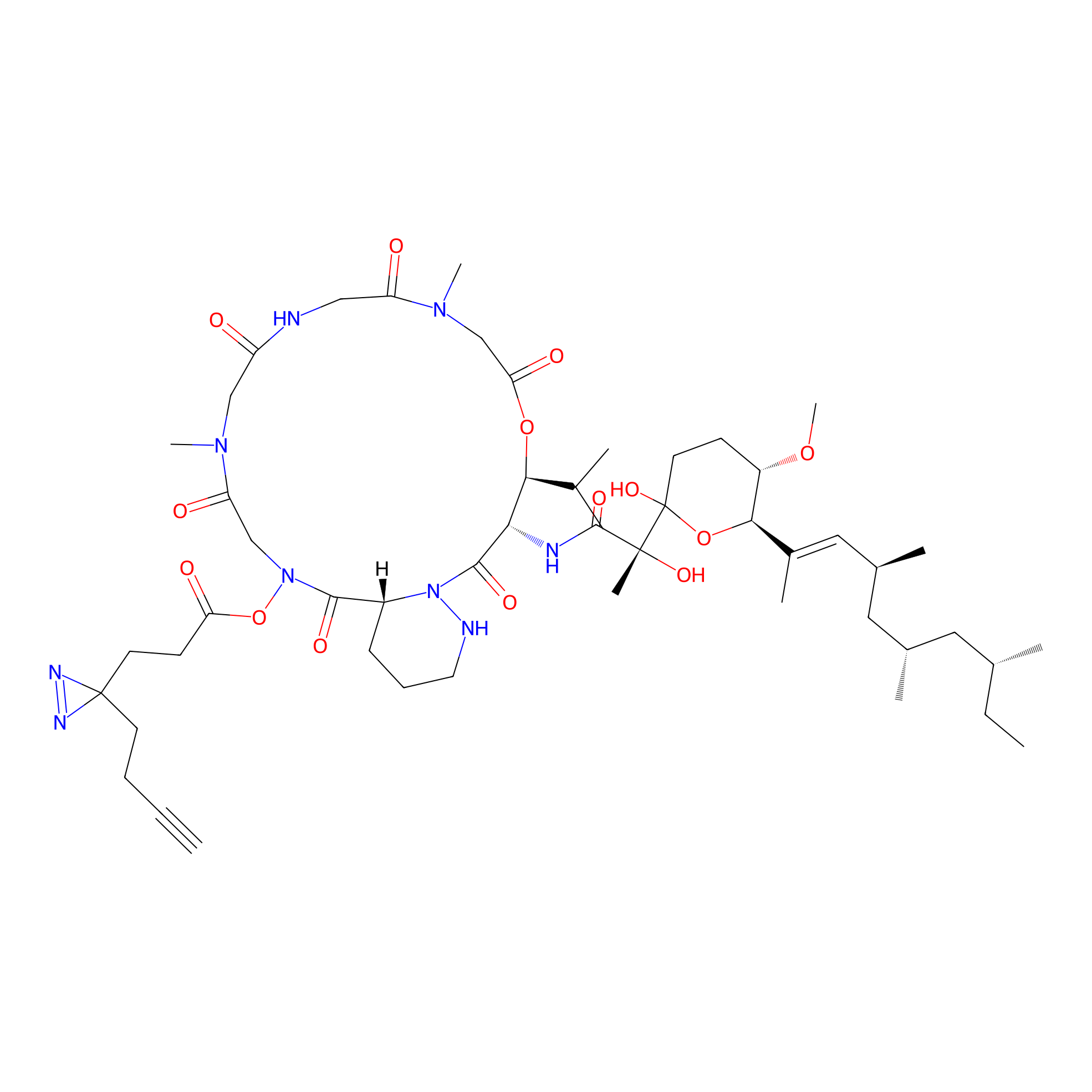 |
N.A. | LDD0396 | [13] | |
|
OEA-DA Probe Info |
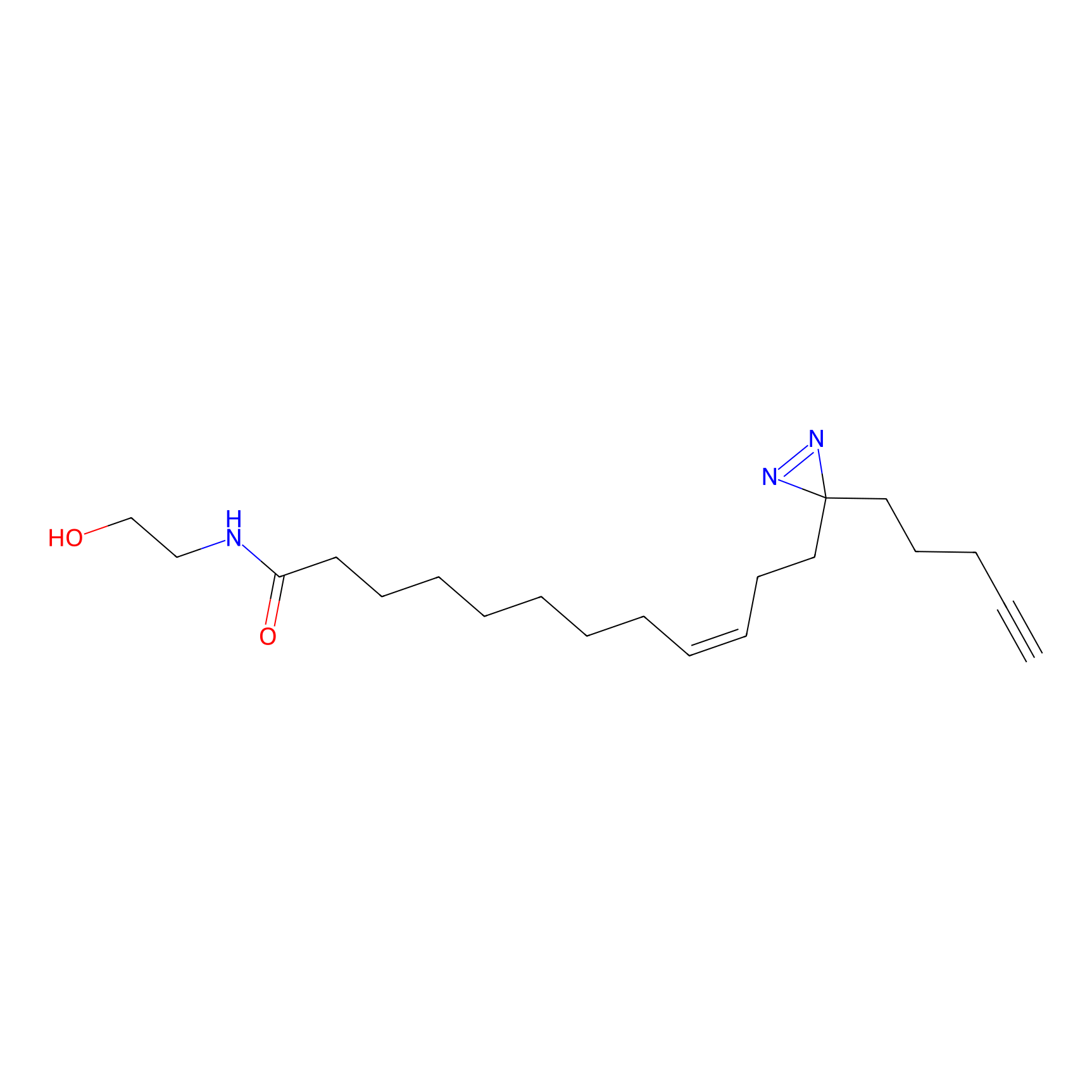 |
20.00 | LDD0046 | [14] | |
Competitor(s) Related to This Target
| Competitor ID | Name | Cell line | Binding Site(Ratio) | Interaction ID | Ref |
|---|---|---|---|---|---|
| LDCM0524 | 2-Cyano-N-(2-morpholin-4-yl-ethyl)-acetamide | MDA-MB-231 | C249(1.07) | LDD2117 | [5] |
| LDCM0156 | Aniline | NCI-H1299 | 11.79 | LDD0403 | [1] |
| LDCM0108 | Chloroacetamide | HeLa | N.A. | LDD0222 | [6] |
| LDCM0213 | Electrophilic fragment 2 | MDA-MB-231 | C249(2.32) | LDD1702 | [5] |
| LDCM0022 | KB02 | A2058 | C153(2.97) | LDD2253 | [4] |
| LDCM0023 | KB03 | MDA-MB-231 | C249(1.05) | LDD1701 | [5] |
| LDCM0024 | KB05 | MEWO | C153(2.41) | LDD3319 | [4] |
| LDCM0500 | Nucleophilic fragment 13a | MDA-MB-231 | C249(0.79) | LDD2093 | [5] |
| LDCM0503 | Nucleophilic fragment 14b | MDA-MB-231 | C249(0.96) | LDD2096 | [5] |
| LDCM0506 | Nucleophilic fragment 16a | MDA-MB-231 | C249(1.52) | LDD2099 | [5] |
| LDCM0514 | Nucleophilic fragment 20a | MDA-MB-231 | C249(0.83) | LDD2107 | [5] |
| LDCM0530 | Nucleophilic fragment 28a | MDA-MB-231 | C249(1.09) | LDD2123 | [5] |
| LDCM0532 | Nucleophilic fragment 29a | MDA-MB-231 | C249(0.79) | LDD2125 | [5] |
| LDCM0533 | Nucleophilic fragment 29b | MDA-MB-231 | C249(0.15) | LDD2126 | [5] |
| LDCM0534 | Nucleophilic fragment 30a | MDA-MB-231 | C249(1.11) | LDD2127 | [5] |
| LDCM0542 | Nucleophilic fragment 37 | MDA-MB-231 | C249(1.70) | LDD2135 | [5] |
| LDCM0544 | Nucleophilic fragment 39 | MDA-MB-231 | C249(1.07) | LDD2137 | [5] |
| LDCM0546 | Nucleophilic fragment 40 | MDA-MB-231 | C249(0.85) | LDD2140 | [5] |
| LDCM0550 | Nucleophilic fragment 5a | MDA-MB-231 | C249(0.68) | LDD2144 | [5] |
| LDCM0556 | Nucleophilic fragment 8a | MDA-MB-231 | C249(1.01) | LDD2150 | [5] |
The Interaction Atlas With This Target
The Protein(s) Related To This Target
Enzyme
Transporter and channel
| Protein name | Family | Uniprot ID | |||
|---|---|---|---|---|---|
| Protein cereblon (CRBN) | CRBN family | Q96SW2 | |||
| Heat shock protein HSP 90-beta (HSP90AB1) | Heat shock protein 90 family | P08238 | |||
Other
The Drug(s) Related To This Target
Approved
| Drug Name | Drug Type | External ID | |||
|---|---|---|---|---|---|
| Fostamatinib | Small molecular drug | DB12010 | |||
Phase 1
| Drug Name | Drug Type | External ID | |||
|---|---|---|---|---|---|
| Btx-a51 | Small molecular drug | D5VMP4 | |||
Preclinical
| Drug Name | Drug Type | External ID | |||
|---|---|---|---|---|---|
| D-4476 | Small molecular drug | D00JGL | |||
| Ic261 | Small molecular drug | D0UN8H | |||
Investigative
| Drug Name | Drug Type | External ID | |||
|---|---|---|---|---|---|
| Pmid24900428c14 | Small molecular drug | D0H4VB | |||
Patented
| Drug Name | Drug Type | External ID | |||
|---|---|---|---|---|---|
| Us9096594, 3 | Small molecular drug | D0MN6V | |||
References
